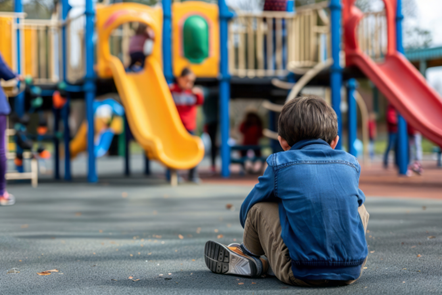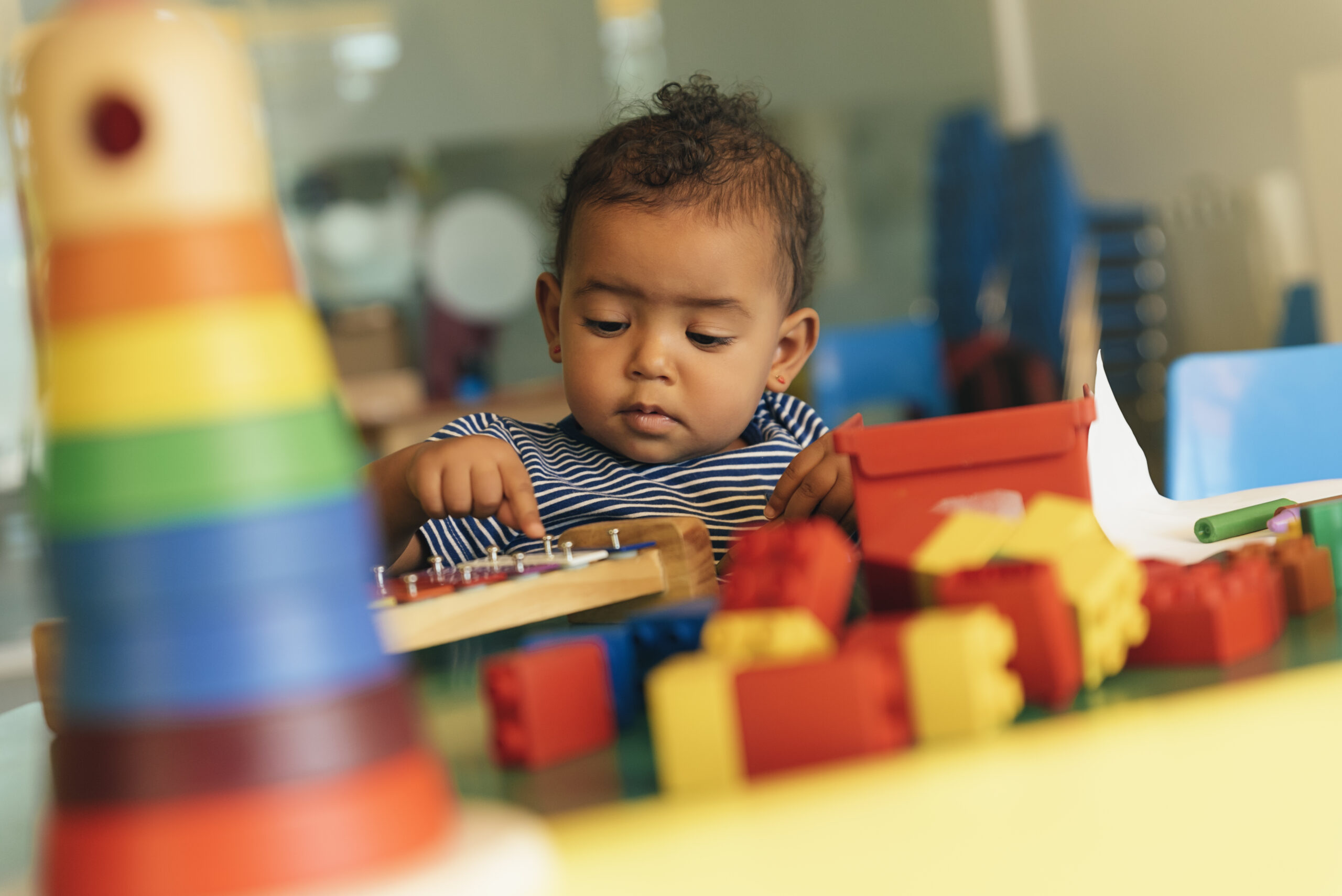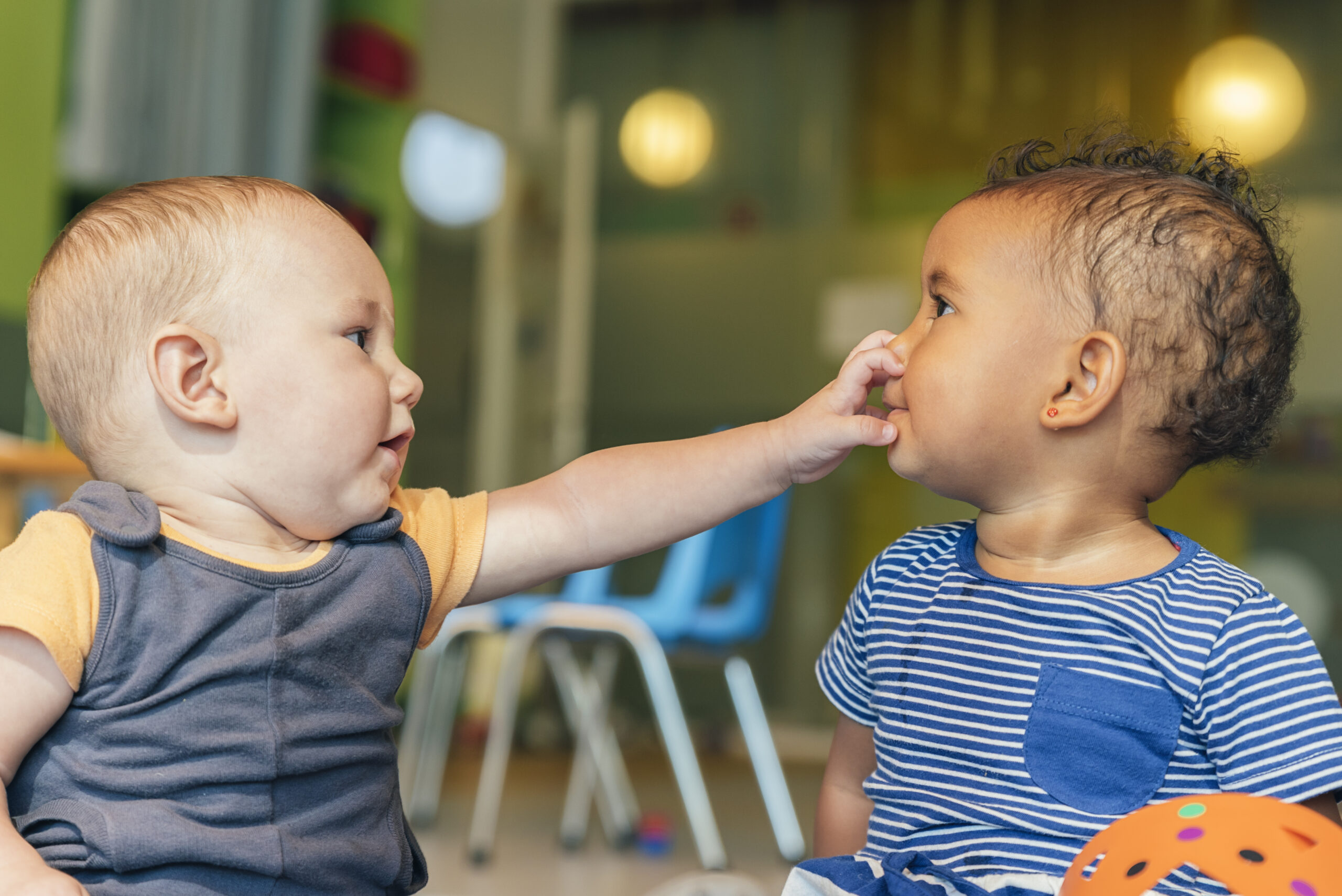Expulsions, suspensions, and exclusions in early childhood education have far-reaching consequences for young children. Historically used for older students, these disciplinary measures are increasingly implemented in child care programs and preschools, disproportionately affecting children of the global majority and those from low-income families.
In this three-part series, you will learn how crucial addressing implicit bias and trauma is for reducing these practices and creating environments that support all children’s well-being. Here in Part 1, we will cover what these exclusionary practices are and how implicit bias plays a role in perpetuating long-term disadvantages for children and families.
Understanding Exclusionary Practices
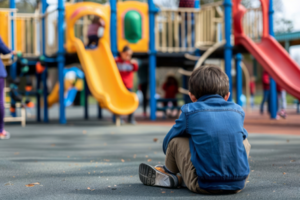 These practices include in-school suspension, out-of-school suspension, expulsion, and informal exclusions or “soft expulsions.”
These practices include in-school suspension, out-of-school suspension, expulsion, and informal exclusions or “soft expulsions.”
- In-School Suspensions: Removing a child from their classroom, such as sending them to the director’s office or another space.
- Out-of-School Suspensions: Temporarily removing a child from the program, including early pickups or requests for children to stay home for additional days.
- Expulsions: Permanently dismissing a child from the program.
- Soft Expulsions: Repeatedly asking families to pick children up early or keep them home, often leading families to withdraw their child due to work disruptions or being told their child “is not a good fit.”
These practices deny children access to environments designed to support their development, delaying the identification of underlying challenges such as undiagnosed disabilities or behavioral health issues. Children miss critical opportunities to develop social, emotional, and academic skills. Families face workplace disruptions with written warnings for absenteeism. They struggle to pay bills and find alternative care arrangements, often under pressure to choose lower-quality programs. Programs may have policies that exclude children from enrolling if they have been dismissed from other programs.
The Impact of Zero-Tolerance Policies
Zero-tolerance policies, which apply uniform consequences to specific behaviors, often penalize young children for typical developmental behaviors like biting or aggression. These behaviors, particularly common in toddlers and two-year-olds, can usually be addressed with appropriate strategies. However, zero-tolerance approaches harm families and children, and research shows no evidence that such policies lead to improving behaviors.
Long-Term Consequences of Exclusion
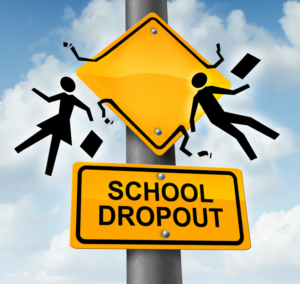 The repercussions of suspensions and expulsions extend far beyond early childhood. Children who experience exclusion are at least 10 times more likely to drop out of high school, repeat grades, face academic failure, hold negative views of school and authority, and even encounter the justice system.
The repercussions of suspensions and expulsions extend far beyond early childhood. Children who experience exclusion are at least 10 times more likely to drop out of high school, repeat grades, face academic failure, hold negative views of school and authority, and even encounter the justice system.
Each year, over 300,000 children under five are estimated to be expelled, equating to approximately 250 preschoolers expelled or suspended daily. Up to 50% of preschool programs regularly engage in these practices, with informal exclusions likely pushing the true numbers even higher. Exclusion during early education significantly correlates with later school suspensions or expulsions, perpetuating cycles of disadvantage.
Preschool Suspensions and Expulsions: A Growing Concern
Preschool expulsions and suspensions are a nationwide concern, affecting young children who are still developing critical social-emotional skills. The U.S. Department of Education reports that preschoolers are expelled at three times the rate of older students, highlighting an alarming trend. Exclusionary discipline increases stress for children, exacerbating behavioral challenges and creating barriers to healthy development. This sets children on a path toward academic struggles and an increased likelihood of negative interactions with the justice system.
The Role of Implicit Bias
Implicit bias—unconscious attitudes or associations—influences how educators interpret and respond to children’s behavior. Research shows that Black boys are disproportionately viewed as disruptive and disciplined more harshly than their peers. Implicit biases shape expectations and perceptions of behavior, leading to inequitable treatment based on race, gender, or other factors.
Recognizing and addressing these biases is essential. By questioning assumptions and striving for objectivity, educators can create environments where all children feel valued, understood, and treated fairly. This awareness fosters inclusivity and equity, reducing the reliance on exclusionary practices.
Moving Toward Solutions
Reducing expulsions, suspensions, and exclusions requires systemic changes. Training educators to understand implicit bias is a critical first step. Educators can begin to question their assumptions and take steps to view each child more objectively. Building supportive environments that prioritize children’s well-being and development over punitive measures ensures all children have opportunities to thrive.
To dive deeper into learning how implicit bias impacts relationships with each other, children, and families, we offer a two-hour course for early childhood educators called “Culturally Competent Guidance: Strengthening Relationships with Families”.
Watch for the second part of this three-part series titled “How Understanding Trauma Can Support Children’s Well-Being.”
By Ellaine Miller, PhD, Program Leader of Training & Curriculum Development, Think Small Institute
